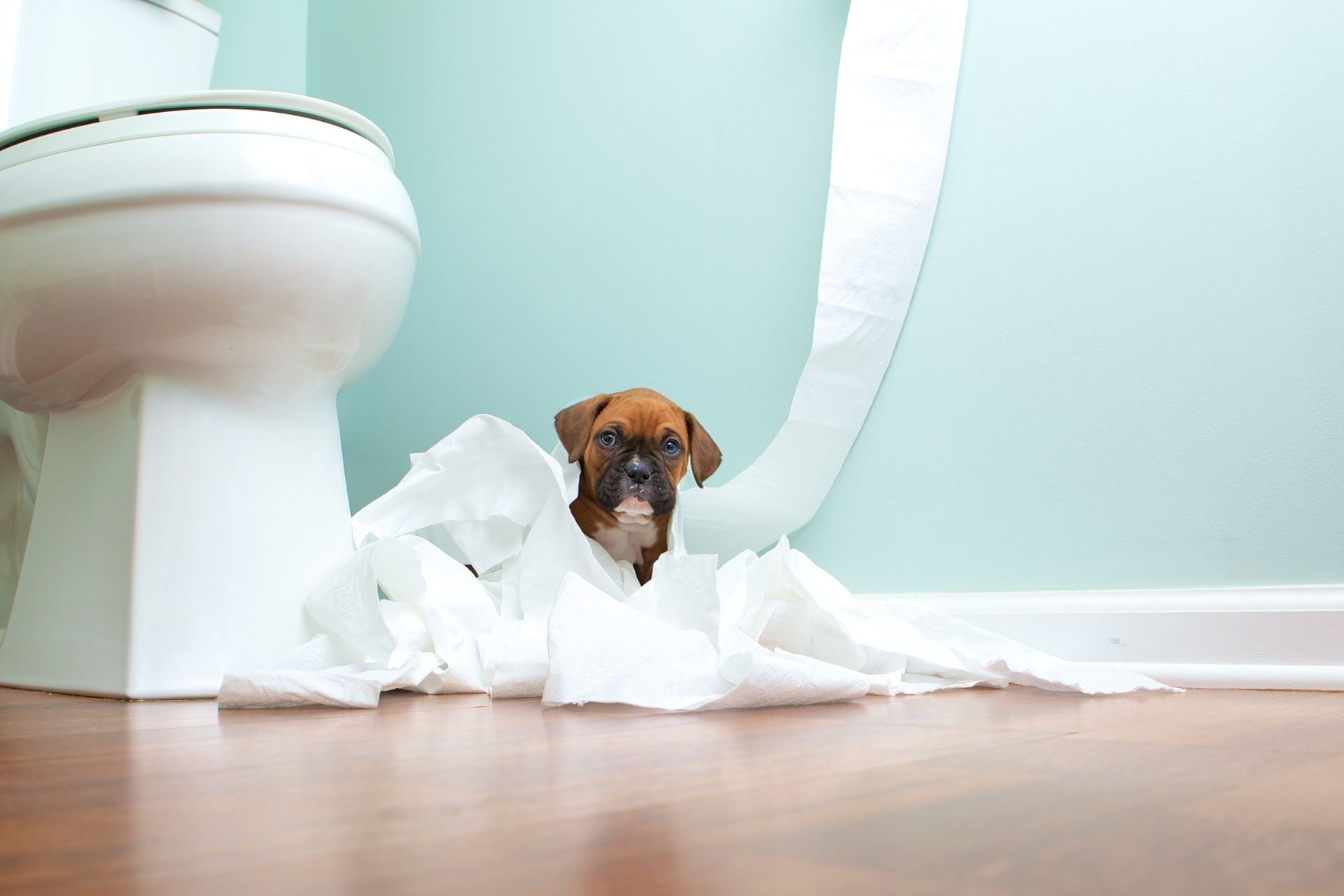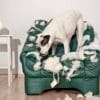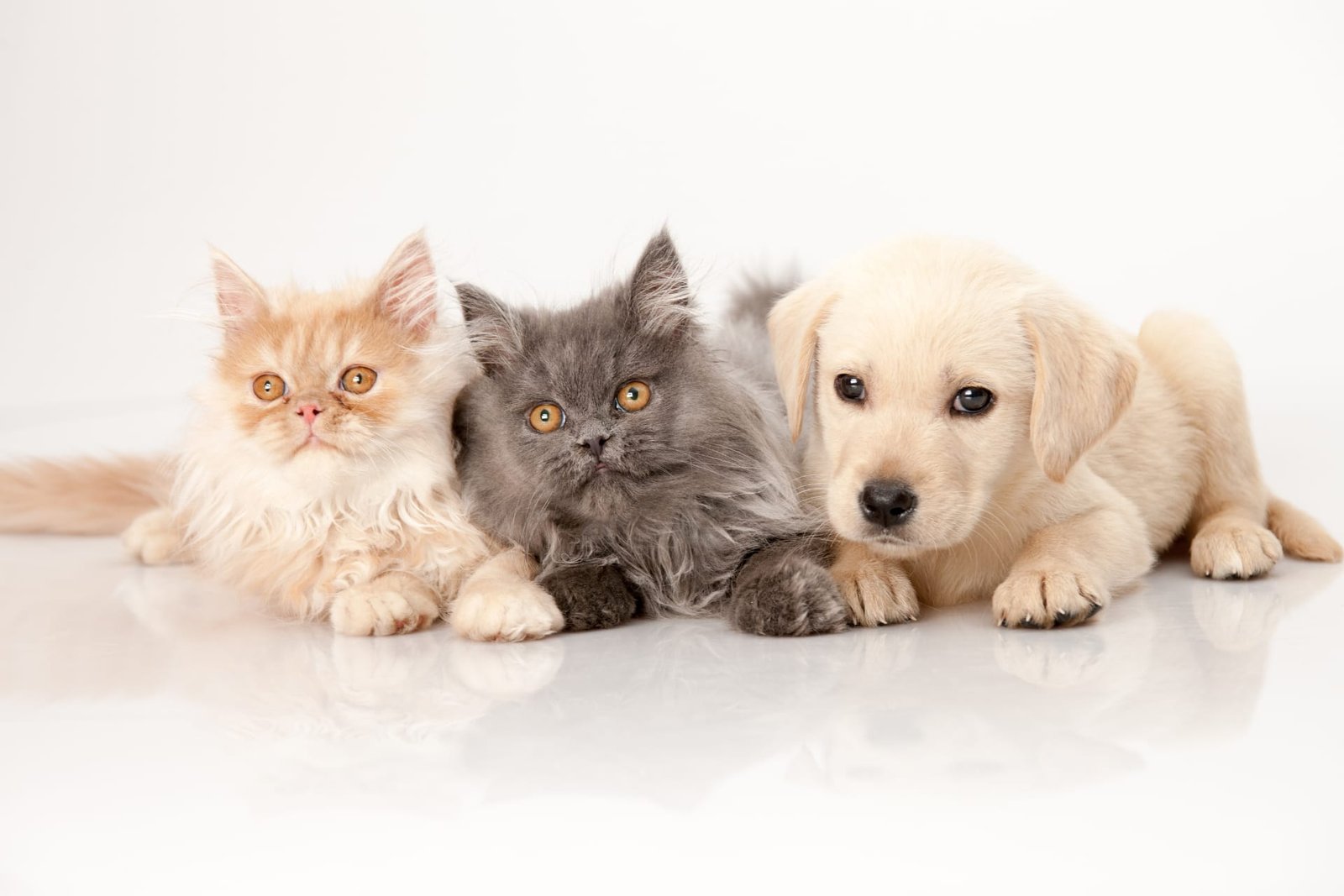Puppy toilet training requires patience, consistency, and positive reinforcement. By following these seven tips, you can create a successful toilet training routine for your puppy. Remember to be gentle and understanding throughout the process, and celebrate your puppy’s progress along the way. Happy training!
Contents
- Introduction
- Why is Puppy Toilet Training Important?
- #1: Setting Up a Toilet Training Schedule
- #2: Choosing the Right Spot for Puppy’s Toilet
- #3: Using Positive Reinforcement Techniques
- #4: Consistency is Key
- #5: Dealing with Accidents
- #6: Crate Training and Toilet Training
- #7: Socializing Your Puppy During Toilet Training
- #8: Avoiding Punishment and Negative Reinforcement
- #9: Handling Regression in Toilet Training
- #10: Using Command Words and Signals
- #11: Tips for Nighttime Toilet Training
- #12: Transitioning to Outdoor Toilet Training
- Conclusion
- FAQs (Frequently Asked Questions)
Introduction
Puppy toilet training is an essential part of raising a happy and well-behaved furry friend. While it may seem like a daunting task, with the right approach and patience, you can teach your puppy to eliminate in appropriate areas. In this article, we will explore seven valuable tips to help you successfully toilet train your puppy.
Why is Puppy Toilet Training Important?
Toilet training is crucial for several reasons. First and foremost, it promotes cleanliness and hygiene within your home. It also establishes a routine and helps your puppy develop bladder and bowel control. Additionally, proper toilet training prevents accidents and ensures that your puppy understands where it’s acceptable to relieve themselves.
#1: Setting Up a Toilet Training Schedule
Creating a consistent schedule is fundamental for successful puppy toilet training. Establish regular feeding times and take your puppy to the designated toilet area shortly after each meal. Puppies have small bladders and need frequent bathroom breaks, so be prepared to take them outside every few hours.
#2: Choosing the Right Spot for Puppy’s Toilet
Selecting the right spot for your puppy’s toilet area is essential. Look for an easily accessible location in your yard or a designated indoor area if outdoor access is limited. Choose an area away from high foot traffic to minimize distractions and provide a sense of privacy for your puppy.
#3: Using Positive Reinforcement Techniques
Positive reinforcement is a highly effective method when it comes to puppy toilet training. Reward your puppy with praise, treats, or a favorite toy each time they eliminate in the designated area. This positive association helps them understand that going to the toilet in the right place is a desirable behavior.
#4: Consistency is Key
Consistency is crucial in toilet training. Use the same command words or signals each time you take your puppy to the toilet area. This consistency helps them associate the cue with the desired behavior. Also, be patient and avoid getting frustrated if accidents happen. Remember, puppies take time to learn and adjust to new routines.
#5: Dealing with Accidents
Accidents are an inevitable part of the toilet training process. When accidents occur, it’s important to handle them appropriately. Clean up any messes using an enzymatic cleaner to eliminate odor and prevent your puppy from revisiting the same spot. Avoid scolding or punishing your puppy, as this can create anxiety and hinder the training progress.
#6: Crate Training and Toilet Training
Crate training can be a valuable tool for toilet training your puppy. Dogs naturally avoid soiling their sleeping area, so a properly sized crate can help prevent accidents indoors. Use positive reinforcement and gradually increase the time your puppy spends in the crate, always ensuring they have regular bathroom breaks.
#7: Socializing Your Puppy During Toilet Training
Socialization is vital for a well-rounded and confident puppy. While toilet training, expose your puppy to various situations, people, and environments. Take your puppy outside to different locations, such as parks or busy streets, and allow them to experience different sights, sounds, and smells. This exposure helps them become comfortable going to the toilet in various settings and reinforces their training.
#8: Avoiding Punishment and Negative Reinforcement
When it comes to puppy toilet training, it’s important to avoid punishment and negative reinforcement. Scolding or punishing your puppy for accidents can create fear and anxiety, making the training process more challenging. Instead, focus on positive reinforcement and redirecting your puppy to the appropriate toilet area when accidents occur.
#9: Handling Regression in Toilet Training
Puppies may experience regression in their toilet training progress. This can happen due to changes in routine, stress, or even medical issues. If you notice your puppy having accidents after a period of successful training, assess any potential underlying causes. Consult with a veterinarian if necessary and be patient as you work to reinforce their training.
#10: Using Command Words and Signals
Using command words and signals can help your puppy understand where they should go to the toilet. Choose a specific phrase or word, such as “go potty” or “do your business,” and consistently use it when you take your puppy to the designated area. Pairing the command with a specific signal, like pointing or using a hand gesture, can further reinforce their understanding.
#11: Tips for Nighttime Toilet Training
Nighttime toilet training requires some additional considerations. Limit your puppy’s water intake a few hours before bedtime to reduce the likelihood of accidents during the night. Take them outside for a final bathroom break right before bedtime and provide a comfortable sleeping area, such as a crate or a designated spot, where they can rest without access to the rest of the house.
#12: Transitioning to Outdoor Toilet Training
As your puppy grows and becomes more comfortable with toilet training, you can start transitioning from indoor to outdoor toilet areas. Gradually move the designated area closer to the desired outdoor spot and encourage your puppy to eliminate there. Be patient during this transition period, and continue to reinforce positive behaviors with rewards and praise.
Conclusion
Toilet training is a crucial aspect of raising a well-behaved and clean puppy. By following these twelve puppy toilet training tips, you can establish a consistent routine, use positive reinforcement techniques, and effectively teach your puppy where it’s appropriate to eliminate. Remember to be patient, stay consistent, and provide plenty of praise and rewards along the way.
FAQs (Frequently Asked Questions)
1. How long does it take to toilet train a puppy? The time it takes to toilet train a puppy can vary depending on the breed, individual temperament, and consistency of training. Some puppies may catch on quickly within a few weeks, while others may take several months. Patience and consistency are key during the training process.
2. What should I do if my puppy has an accident indoors? If your puppy has an accident indoors, avoid scolding or punishing them. Instead, clean up the mess using an enzymatic cleaner to eliminate the odor. Redirect your puppy to the appropriate toilet area and reinforce positive behaviors when they eliminate in the correct spot.
3. Can I use pee pads for toilet training my puppy? Pee pads can be a helpful tool in the early stages of toilet training, especially for puppies who don’t have outdoor access. However, it’s important to gradually transition them to eliminate outside and discourage reliance on pee pads in the long term.
4. Should I wake up during the night to take my puppy outside? In the beginning stages of toilet training, it may be necessary to wake up during the night to take your puppy outside for bathroom breaks. However, as they get older and develop better bladder control, they should be able to sleep through the night without needing to go outside. Monitor your puppy’s behavior and gradually adjust the nighttime routine based on their progress.
5. My puppy seems to be regressing in their toilet training. What should I do? Regression in toilet training is not uncommon, and there can be various reasons for it. Assess any changes in routine, stressors, or potential medical issues that might be causing the regression. Stay consistent with the training, reinforce positive behaviors, and consult with a veterinarian if needed to address any underlying concerns.











